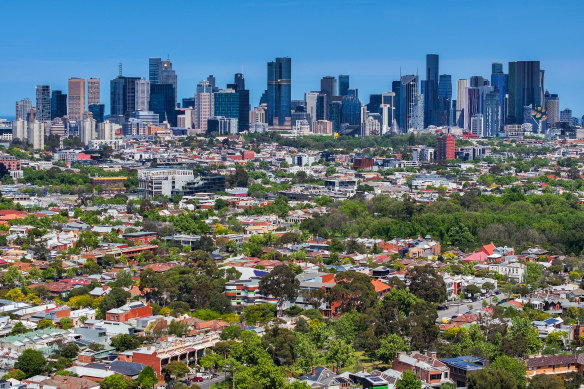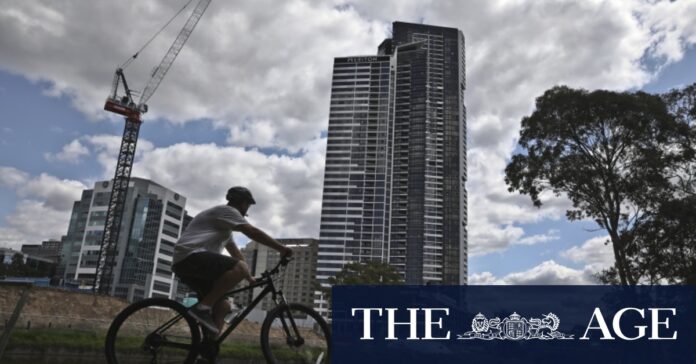[ad_1]
Losses were concentrated in neighbourhoods where a significant amount of high density housing supply has been delivered.
Loading
In Sydney, the highest share of loss-making sales was in the Ryde council area (24.2 per cent), followed by Burwood (23.7 per cent), Strathfield (22.8 per cent) and Parramatta (22.5 per cent).
In Melbourne, more than two in five resales in the Melbourne city council area were at a loss (41.1 per cent) followed by Stonnington (34.2 per cent), Boroondara (18.8 per cent) and Port Phillip (18.3 per cent).
“It just comes back to the relatively high levels of supply that have been delivered to these areas, especially when you think about some of the inner regions of Melbourne,” Owen said. “Loss-making resales often are investor-owned units.
“If you really do concentrate enough supply into an area you can stop price growth, but within that, it’s the sellers that are losing out.”
A recent Productivity Commission study found that housing would be more affordable if more homes were built.

Melbourne’s inner city recorded an elevated level of loss-making sales.Credit: Joe Armao
PRD Real Estate’s chief economist, Dr Diaswati Mardiasmo, said that although there was a broad undersupply of housing, the detached house market was more undersupplied than the apartment market.
Mardiasmo said when owners start to see that the apartment market has fallen in their area, especially in CBD areas, they might think they are not going to be able to recoup their higher mortgage repayments in capital growth. This meant it would not be financially viable to keep the asset, she said.
Some loss-making sellers would be investors who find their investment no longer stacks up,” Mardiasmo said.
Loading
“It’s no longer financially viable to them in terms of, the outgoing cost is higher than the incoming rentals.
“Although rentals have gone up quite a bit and significantly in some places, so has the mortgage rates and the council rates and the insurance fees and the body corporate fees.”
Others could be first home buyers who might not have experienced rising interest rates before.
But she said only a small number of borrowers were late with their payments, and only 1 per cent of owners were in negative equity, which offers some comfort.
ANZ senior economist Adelaide Timbrell said most home owners can afford their mortgages, but there may be some selling to reduce mortgage stress.
“RBA analysis suggests that the vast majority of people can pay their mortgages on an owner-occupier property and all of their expenses without dipping into savings,” she said.
“Of those who have to dip into savings, RBA analysis shows 70 per cent have at least six months of a buffer.
“But that doesn’t mean that no-one is selling a property due to higher mortgage rates, and it could be for reducing stress on their finances particularly if it’s a second property.”
Timbrell said most borrowers who took on super cheap fixed rates have now rolled off, and those that remain are well-placed to handle rate rises because they have had more ability to save.
[ad_2]
Source link


